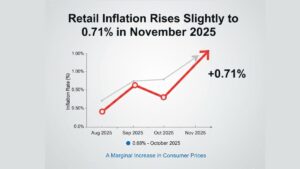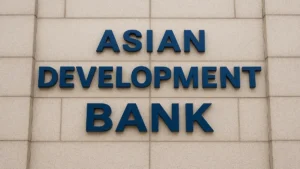India’s Reserve Bank (RBI) has announced a notable decline in the proportion of short-term debt within the country’s total external debt, marking a decrease of 2.1 percentage points by March 2024 compared to the previous year. This reduction is indicative of India’s strengthened external sector resilience. The ratio of short-term debt to foreign exchange reserves also fell from 22.2% to 19.0% over the same period, underlining improved stability.
Key Statistics and Components
External Debt Growth
India’s external debt reached $663.8 billion by March 2024, up $39.7 billion from the previous year. Excluding valuation effects due to currency fluctuations, the increase would have been $48.4 billion.
Currency Composition
US dollar-denominated debt remains predominant at 53.8%, followed by Indian rupee (31.5%), yen (5.8%), SDR (5.4%), and euro (2.8%).
Debt Structure
Long-term debt, with maturities exceeding one year, amounted to $541.2 billion, reflecting an increase of $45.6 billion year-on-year. Loans constitute the largest component at 33.4%, followed by currency and deposits (23.3%), trade credit and advances (17.9%), and debt securities (17.3%).
Debt Service Obligations
The ratio of debt service obligations to current receipts rose to 6.7% by March 2024, up from 5.3% in March 2023, indicating higher repayment burdens.




 Retail Inflation Rises Slightly to 0.71%...
Retail Inflation Rises Slightly to 0.71%...
 India’s Foreign Reserves Touch $687.26 B...
India’s Foreign Reserves Touch $687.26 B...
 ADB Raises India’s Growth Forecast to 7....
ADB Raises India’s Growth Forecast to 7....







